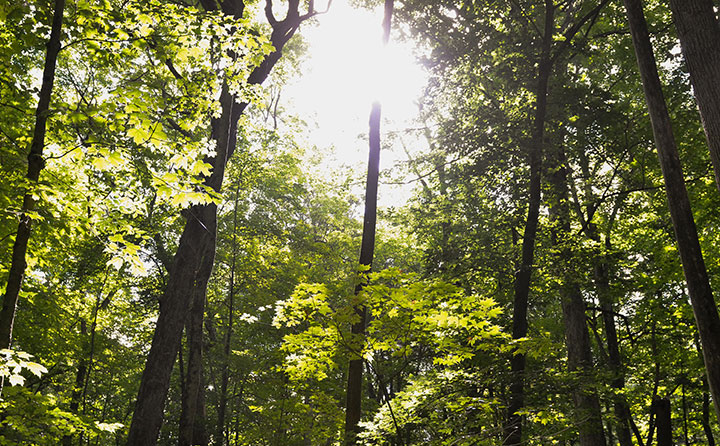
What would Northeast Ohio's forests look like if we could take a time machine back to the turn of the 19th century before settlers arrived? How have the forces of urbanization changed the landscape from 1800 to now? What should restoration goals for the county's carefully preserved "Emerald Necklace" park system look like in the future?
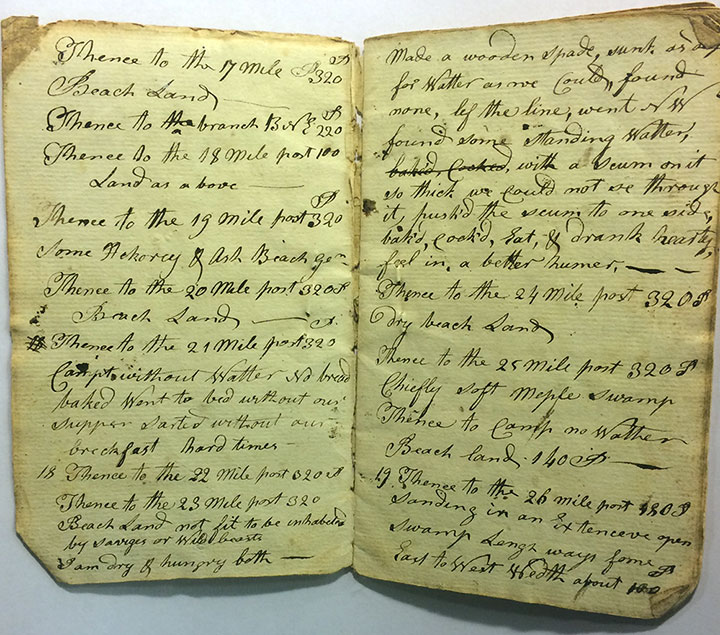 A
BW
biology
professor,
Dr.
Kathryn
Flinn,
and
junior
BW
biology
major
Tylor
Mahany
'19,
dug
into
those
questions
through
"witness
tree"
research
that
relies
on
observations
recorded
in
handwritten
field
books
from
the
area's
very
first
land
surveys.
A
BW
biology
professor,
Dr.
Kathryn
Flinn,
and
junior
BW
biology
major
Tylor
Mahany
'19,
dug
into
those
questions
through
"witness
tree"
research
that
relies
on
observations
recorded
in
handwritten
field
books
from
the
area's
very
first
land
surveys.
Meticulous maps and analyses of such records at the Western Reserve Historical Society were compared to a more recent survey of forestland completed by Dr. Constance Hausman, a plant and restoration ecologist with the Cleveland Metroparks.
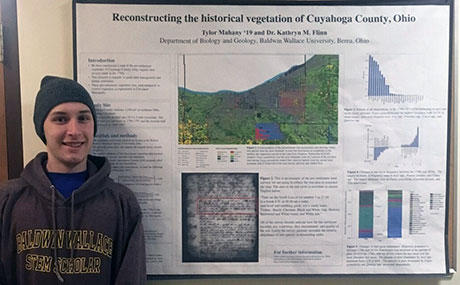 The
findings,
just
published
in
the
international
Journal
of
Vegetation
Science,
show
tremendous
changes
in
the
region's
plant
communities
over
the
past
200
years.
Back
then,
the
area
was
94
percent
forested
with
most
woodlands
dominated
by
beech
or
oak
trees.
Most
of
the
remaining
areas
were
covered
by
wetlands.
The
findings,
just
published
in
the
international
Journal
of
Vegetation
Science,
show
tremendous
changes
in
the
region's
plant
communities
over
the
past
200
years.
Back
then,
the
area
was
94
percent
forested
with
most
woodlands
dominated
by
beech
or
oak
trees.
Most
of
the
remaining
areas
were
covered
by
wetlands.
By 2014, development had swallowed up half of the wetlands and reduced forested areas in the county to less than 20 percent. Maple, elm and cherry trees, which bounce back easier and faster after disturbances, have replaced many of the once-dominant native trees, and the region's vegetation has become more homogeneous, losing much of its original variety.
The records also suggest a lack of permanent Native American settlements in the area at the time, with just one Indian "sugar camp" noted, and offer no evidence of vegetation shaped by frequent fire.
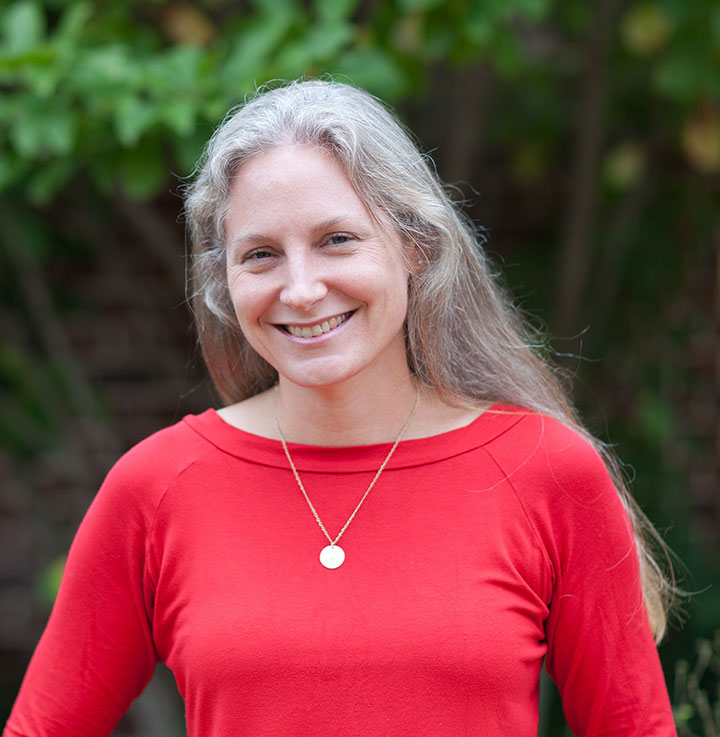 Flinn
says
this
type
of
study,
which
reveals
a
"gold
mine"
of
information
about
how
past
land
use
choices
have
impacted
natural
plant
habitats,
helps
to
predict
the
likely
consequences
of
future
urban
development.
Flinn
says
this
type
of
study,
which
reveals
a
"gold
mine"
of
information
about
how
past
land
use
choices
have
impacted
natural
plant
habitats,
helps
to
predict
the
likely
consequences
of
future
urban
development.
"Understanding how plant communities change over time is important to consider when we think about protection and restoration of natural ecosystems," says Flinn. "Many ecologists have mined early land survey records to help inform restoration goals, but this type of mapping had never been done before in Cuyahoga County."
One takeaway from the data? "Conservationists might explore future land acquisitions with beech and oak forests," Flinn notes. "Those types of additions would make protected parklands more representative of the pre-settlement era when half the forests were dominated by beech trees and a third were oak."
Flinn and Mahany teamed up to start the research during their first semester on campus. Mahany was a freshman in the newly appointed Flinn's biology class.
"It took a lot of detective work and perseverance on Tylor's part to locate and decipher the surveyors' line-by-line observations," Flinn explains. "Some of the private Connecticut Land Company survey records held at the Western Reserve Historical Society were on microfilm; others were in handwritten, hand-sewn journals from the 1700s."
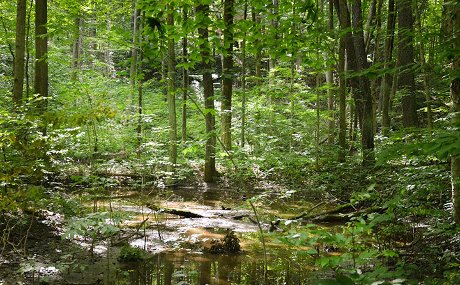 The
survey
notes
painted
a
vivid
picture
of
the
surveyors'
daily
adventures
as
they
navigated
the
wilderness
of
northeast
Ohio,
crossing
swamps
and
thickets
"as
thick
set
as
the
hair
on
a
dog's
back,"
battling
diseases,
snakebites,
gnats
and
mosquitoes,
and
hunting
for
meat.
The
survey
notes
painted
a
vivid
picture
of
the
surveyors'
daily
adventures
as
they
navigated
the
wilderness
of
northeast
Ohio,
crossing
swamps
and
thickets
"as
thick
set
as
the
hair
on
a
dog's
back,"
battling
diseases,
snakebites,
gnats
and
mosquitoes,
and
hunting
for
meat.
Mahany, who recently presented the findings at the 2018 Ohio Natural History Conference, adds, "The detail that the surveyors went into about the trees, soils and land was amazing. I learned a lot about the power of field observations, and how they could be useful centuries later."
Flinn is scheduled to present the research at two public forums in the fall: